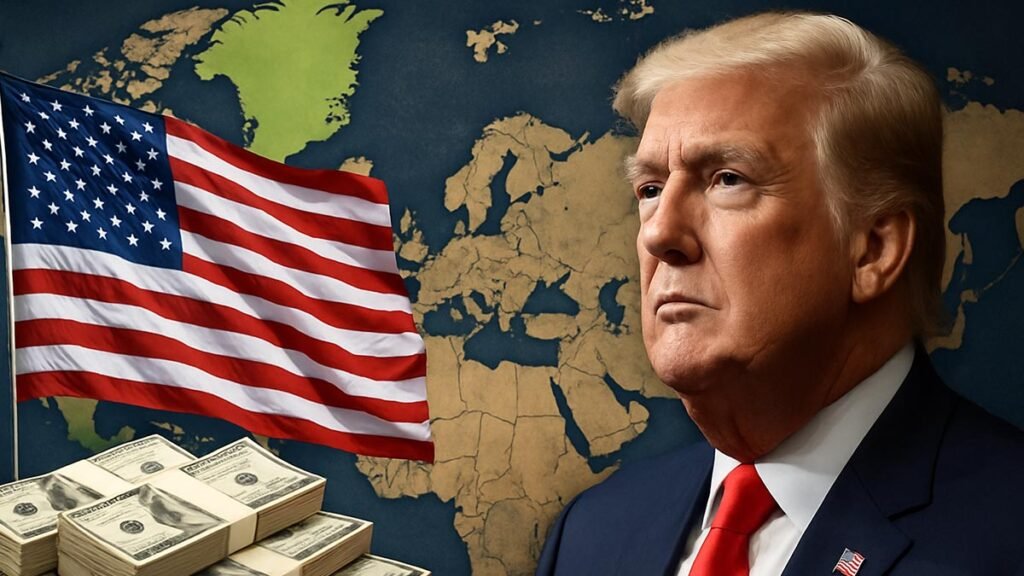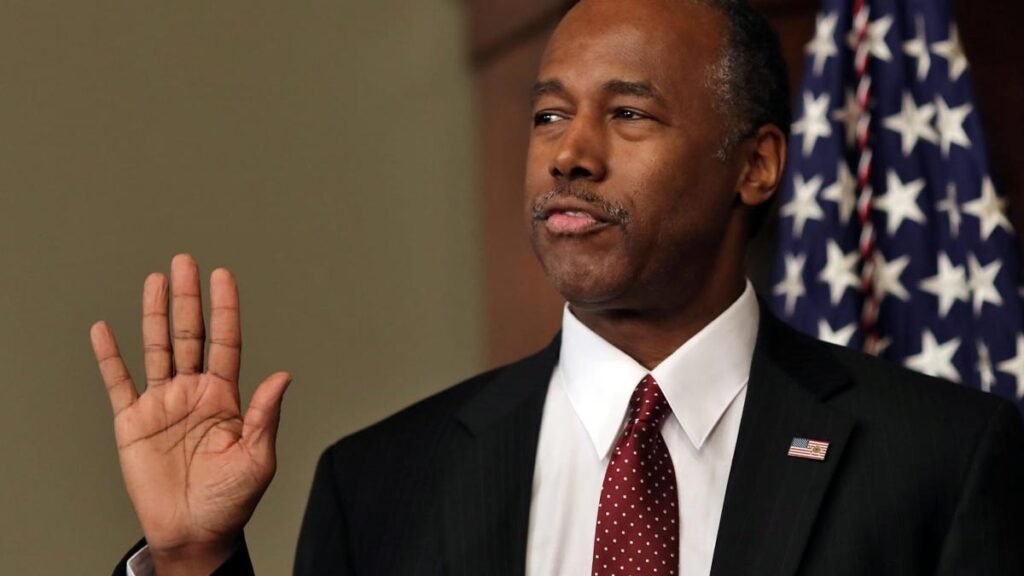The Trump administration has formally proposed redirecting $1.8 billion in foreign aid away from traditional humanitarian programs and into projects tied directly to U.S. strategic interests. The reallocation, outlined in a September 12 Congressional Notification, is one of the most significant foreign aid shifts in decades and has already sparked heated debate on Capitol Hill.
Congress Faces Sept. 30 Deadline
Lawmakers have until September 30 to decide whether to approve or block the proposal. If Congress does not act, parts of the funding could expire at the close of the fiscal year. The administration argues that redirecting the funds will strengthen U.S. security, economic independence, and global influence.
According to the State Department memo reviewed by Reuters, “The national security interests of the United States necessitate that these funds be deployed in ways that enhance America’s safety, strength, or prosperity.”
How the Funds Would Be Used
- Europe & Greenland ($400 million): Investments would focus on energy diversification, critical minerals, and economic projects in Ukraine and Greenland. Trump has previously expressed strong interest in Greenland’s resource potential, and the administration views the region as critical in countering China and Russia.
- Western Hemisphere ($400 million): Funding would target migration management, countering China’s growing regional footprint, and pushing back against governments in Venezuela, Cuba, and Nicaragua, which the administration labels as “anti-American regimes.”
- Global Strategic Priorities: Additional funding would support supply chain resilience, critical infrastructure, and initiatives aimed at reducing dependence on Chinese minerals and technology.
A Break from Traditional Aid
This move represents a sharp departure from the long-standing U.S. approach of using aid to advance humanitarian goals, such as poverty reduction and health programs. Instead, the White House emphasizes “strategic returns” for American taxpayers. While the administration has significantly reduced USAID’s role, reports that it has been fully “shut down” are inaccurate—many programs remain in transition under State Department oversight.
Secretary of State Marco Rubio defended the policy shift, saying it reflects a move away from “a charity-based model” toward one designed to ensure “sustainable, mutually beneficial partnerships.”
Growing Pushback in Congress
The plan has drawn criticism from Democrats and some Republicans. Senator Jeanne Shaheen, the top Democrat on the Senate Foreign Relations Committee, accused the administration of “raiding programs Congress already approved to strengthen democracy and support vulnerable communities.” Critics argue the proposal prioritizes politics over humanitarian needs, while supporters say it reflects a more realistic and competitive global strategy.
What’s Next
The reallocation plan coincides with Trump’s broader foreign aid overhaul, including an earlier notification to cut nearly $4.9 billion from State Department and USAID programs. His 2026 budget request also includes a new $2.9 billion America First Opportunity Fund, intended to back key allies like India and Jordan while reducing China’s influence.
Whether Congress approves the $1.8 billion shift will signal how far the administration can go in reshaping U.S. foreign aid. With the fiscal year deadline approaching, the outcome could mark a turning point in how America balances humanitarian aid with strategic competition in an increasingly tense global environment.


